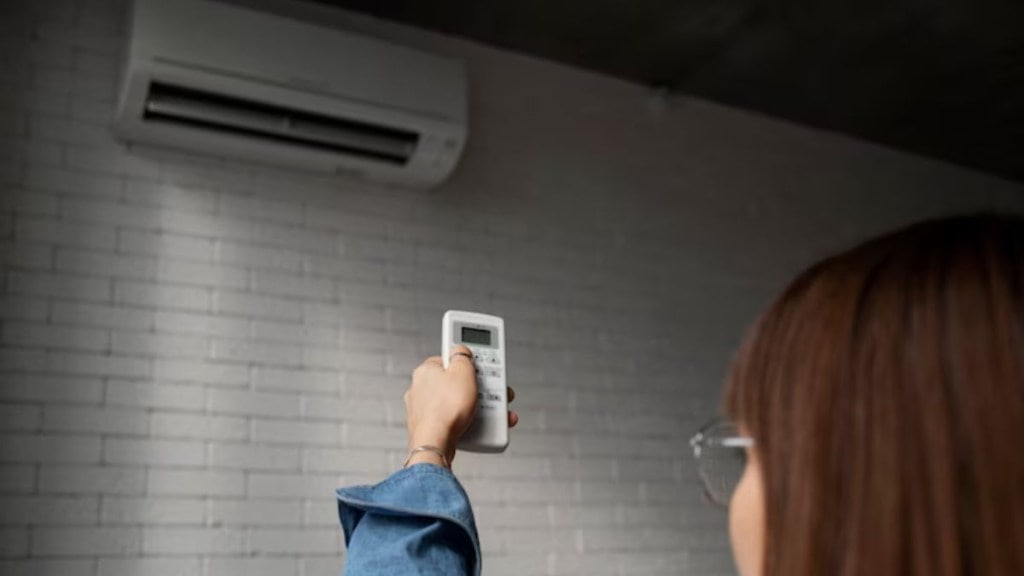Manufacturers of air conditioners will implement the temperature standardisation measure announced by the government last week, in the next three months, at no extra cost to consumers.
The move will be likely timed with the September-October festive season when new inventory will be available in the market, executives said. Companies are unlikely to incur any major expense to manufacture ACs that will be designed for temperatures between 20°C and 28°C.
NS Satish, president, Haier Appliances India, told FE the additional cost is insignificant. “It will require an adjustment in the temperature control settings, which is not huge. However, this adjustment will be done in new inventory that will be rolled out in the next two to three months,” Satish confirmed.
B Thiagarajan, MD, Blue Star, said companies would have to make minor modifications in their AC models to meet the temperature control norms. “The remote firmware will need to be changed, which is not difficult to do. The industry will not have a problem implementing it,” he said.
Some companies feel the move to standardise AC temperatures is a step towards sustainable cooling. “It aligns with the government’s broader energy efficiency goals,” Voltas MD Designate Mukundan Menon said.
At a press briefing last week, Union power minister Manohar Lal Khattar said that air conditioners used about 50 gigawatts of electricity or 20% of the country’s total electricity demand, prompting the move to set a minimum temperature level. He said that raising the temperature by even one-degree celsius could cut power usage by up to 6%, which was significant.
However, some experts have argued that the move will leave out consumers who want cooling below the 20-degree-celsius-mark. “While there are consumers who look for cooling below 20°C, that number is quite small. Most are satisfied with a minimum cooling of 20°C,” Nilesh Gupta, director, Vijay Sales, an electronics retailer operating in the western and northern India, said.
Gupta says that even for commercial spaces, such as malls and offices, a minimum cooling of 20-degree celsius works. A look at global cooling standards, however, show that India’s planned regulation is stricter at the lower end (20°C), compared to other countries such as China, Japan, Spain, Italy and South Korea that start limits at around 25°C or higher. But India’s temperature standardisation measure offers a broader range (20°C to 28°C) rather than enforcing a single minimum level, some experts said.
Also, the Bureau of Energy Efficiency (BEE), which is part of the power ministry and monitors energy efficiency standards under the star rating system, is proposing implementation of a stringent standard by 2027, which will see investments of at least Rs 600 crore by AC makers to meet these norms.
Under the proposed energy efficiency standards, a five-star rated AC today will get only a one-star rating, which is a four-level jump versus a one-level jump that happens now. AC companies have been discussion with the government to stagger the rollout of these proposed norms, industry executives said, to ensure consumers do not have to deal with sharp price hikes following implementation.
Some AC makers fear that the implementation of the proposed energy efficiency standards could slow down the rate of growth of AC adoption in India. The market for ACs is estimated to be around 14-15 million units, growing at about 15-20% per annum. While unseasonal rains in the summer months this year did disrupt the market, at a broader level growing number of heat waves and improving disposable incomes have contributed to its growth.
